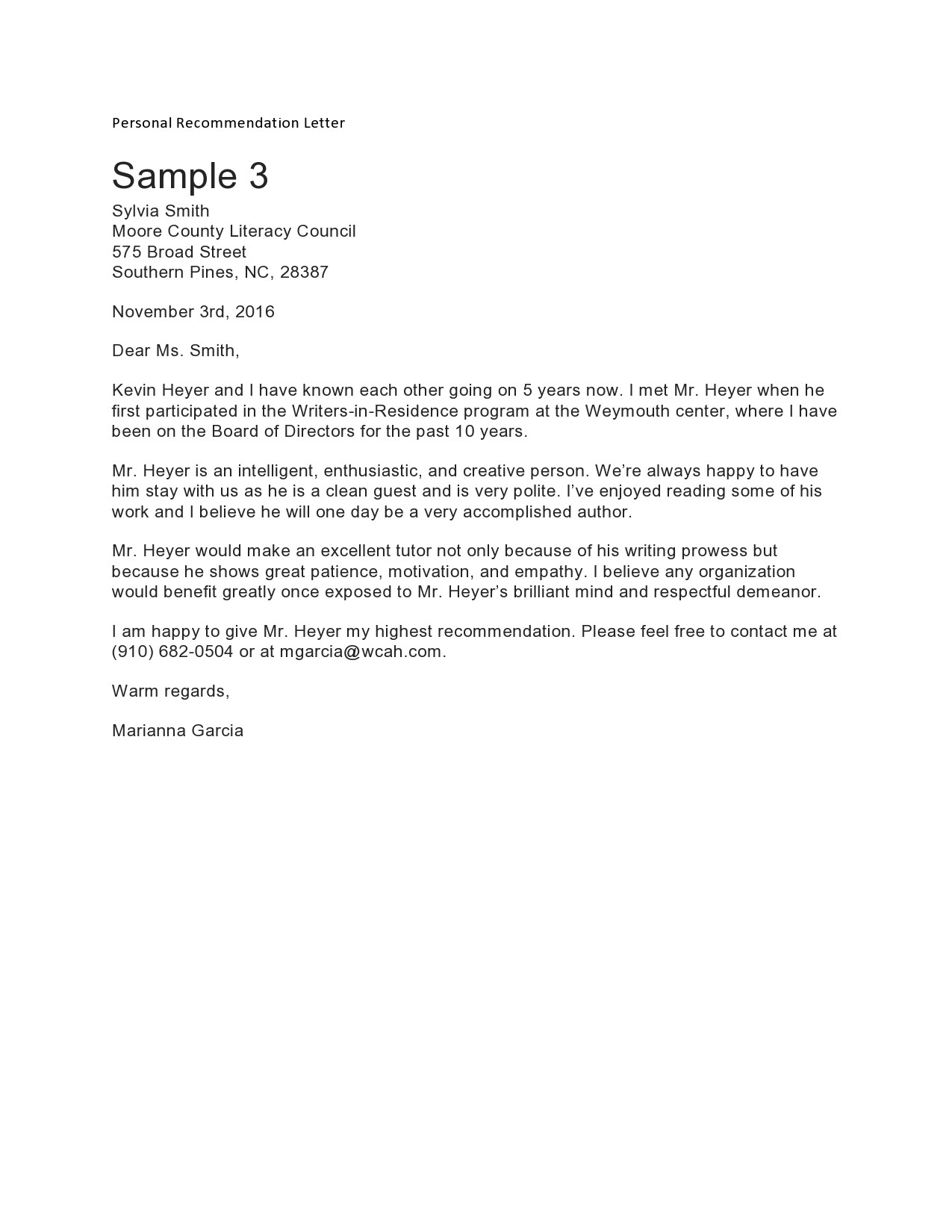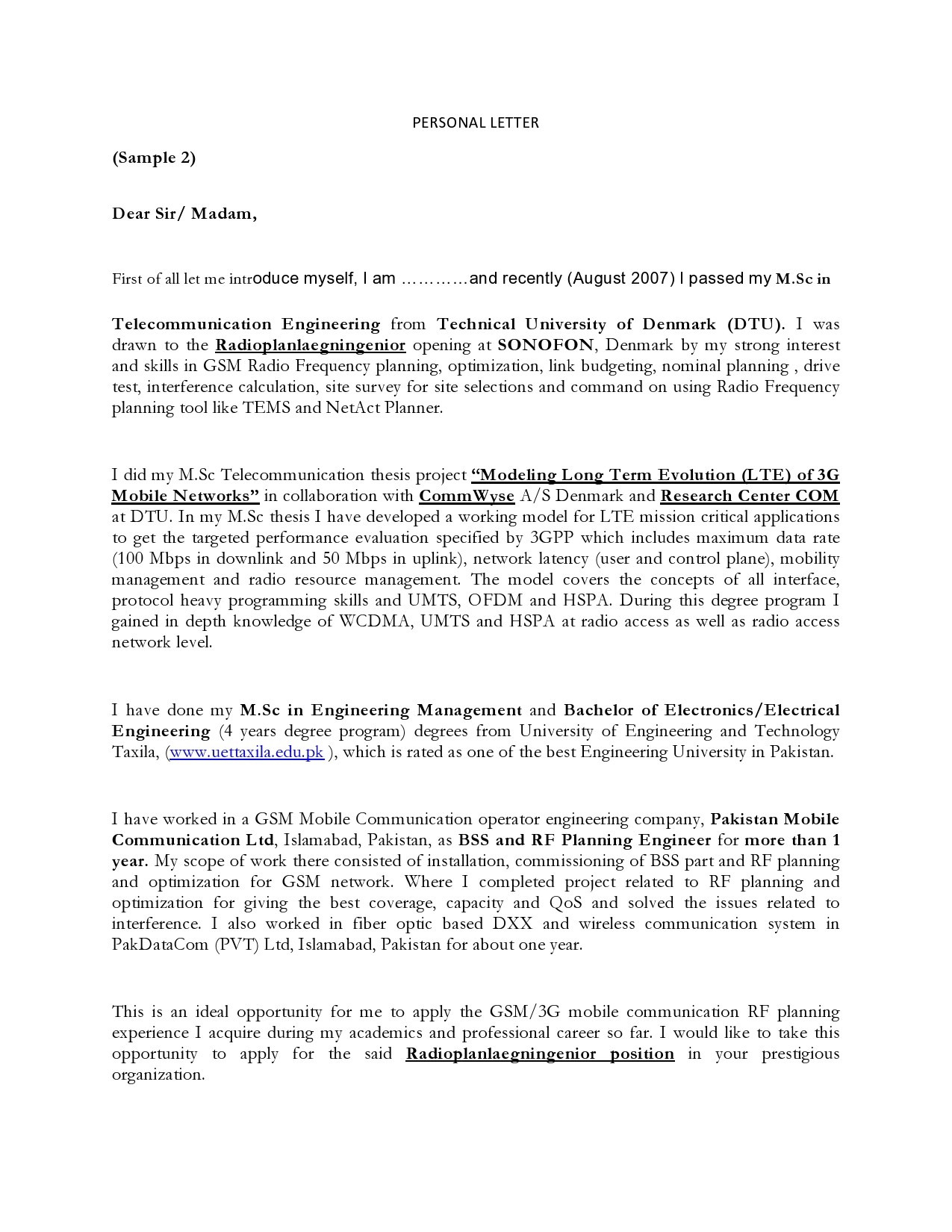

If you’re planning to relocate, your cover letter should reassure an employer that this is a long-term move and that the transition will be smooth. A career change cover letter lets you draw a line between your work experience and the responsibilities you’d have in this new role. It allows you to explain why you want to take on a new title or enter a new field and describe how you already possess the necessary transferable skills. This type of cover letter can play a big part in proving your worth when you’re looking to make a career change. A networking cover letter is the most casual and tends to be the shortest. This type of cover letter informs the recipient you’re looking for a job and requests their assistance. Unlike a standard cover letter that’s sent as part of a job application, a networking cover letter might be sent to a former colleague, mentor, friend, or other professional contacts. This letter is designed to put you on a recruiter’s radar so that when an appropriate role opens up, you’ll be the first person who comes to mind.

This type of cover letter is a general inquiry about open positions rather than a response to a specific job ad.

A prospecting (or cold contact) cover letter is written by a job seeker to a company of interest.


 0 kommentar(er)
0 kommentar(er)
